Rimini. The house of the Roman military doctor
Equipped and found!
The fact is that it was then during the work on the arrangement of the territory in the very center of the city that the Surgeon’s House was discovered, which was found on the territory of Piazza Ferrari. Naturally, after the first finds, archaeologists were called here and they began to dig there. And when, by 2006, all that was possible had been excavated, they set up an open-air museum there, although it would be more correct to say - the museum is under the roof, since the entire excavation area is covered from the influence of nature by a huge glass dome!
"A gift from Eutychius"
Yes, but why was this museum complex called the Surgeon’s House? Yes, only because among the artifacts found there was discovered a unique bronze box with surgical instruments. The conclusion is obvious - a surgeon who had a solid practice lived here. Moreover, it was possible to establish that it was a military doctor and even his name was Evtikhiy. That is, scientists have received yet another "little Pompeii", and even in the very center of Rimini, as if by order. Well, and surgical instruments from this house were included in the exposition of the city museum.
And be sure to treasure coins! Well, what about no money ?!
The total excavation area was about 700 square. m. And on this very territory there was a large two-storey residential building, built in the second half of the 2-th century BC. and destroyed by a strong fire in the middle of the 3 of the 20th century AD Inside the house, archaeologists discovered many fragments of floor mosaics, ceramic vases, bronze dishes, oil lamps, and ... treasure consisting of roughly 90 coins. One of the rooms was decorated with a multicolored mosaic depicting Orpheus. And besides the found surgical instruments, mortars, bronze bowls, pestles and vessels for medicines were also found here.
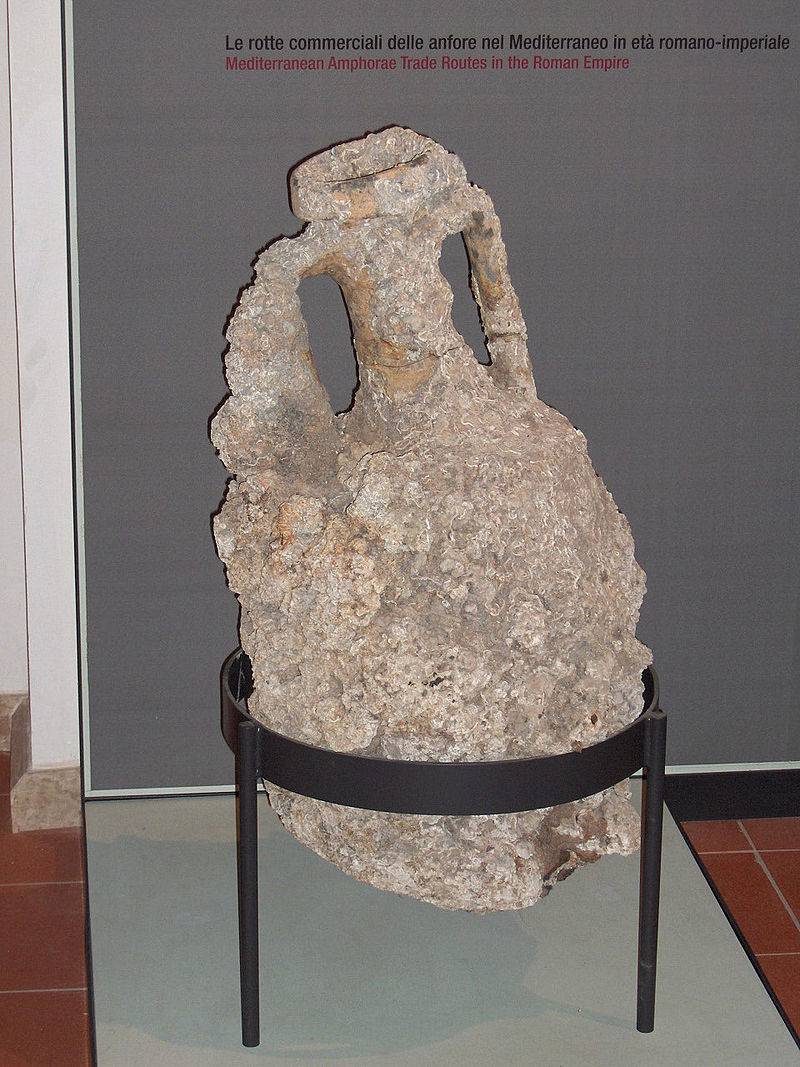
Old foundation - new construction!
Interestingly, several cultural layers were found at the excavation site. In addition to the ruins of an ancient Roman house, there were still remnants of an early medieval settlement, several foundations of buildings of the 16-18-th century, and even later stone wells and a granary belonging to the nearby San Patrigno church. All this proves that life in this place has not ceased for more than a thousand years.
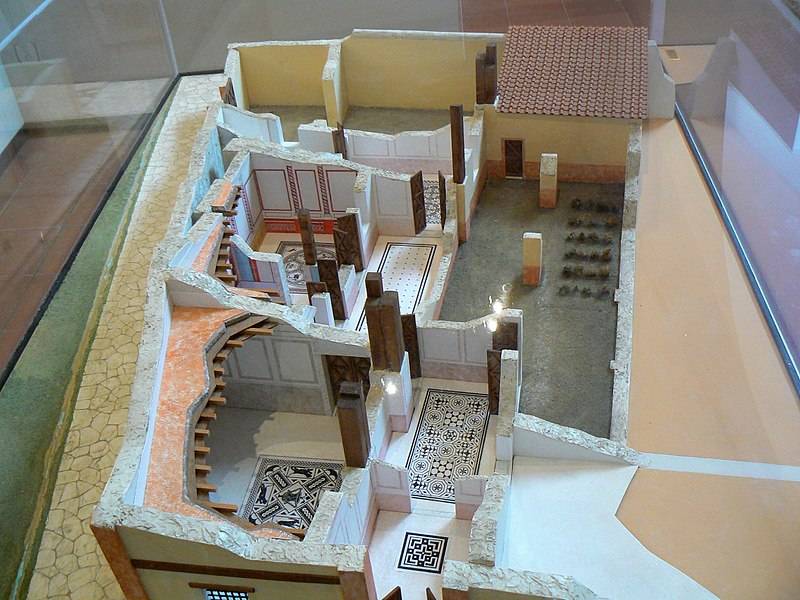
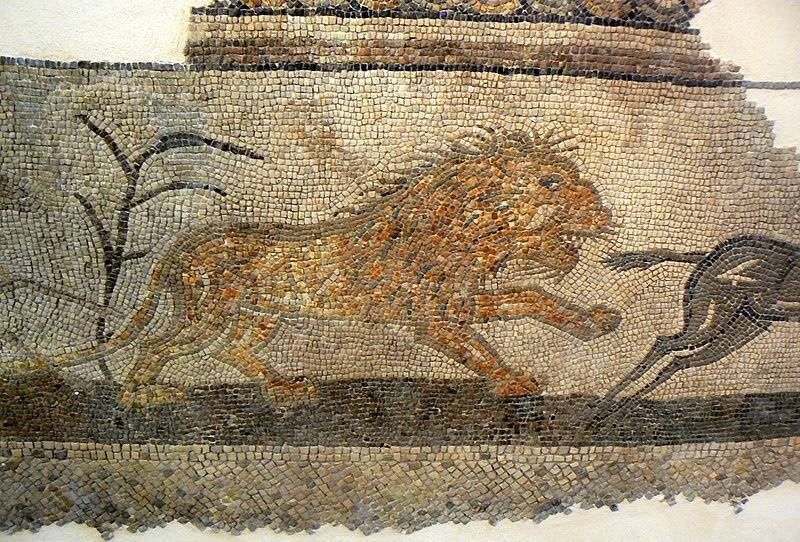
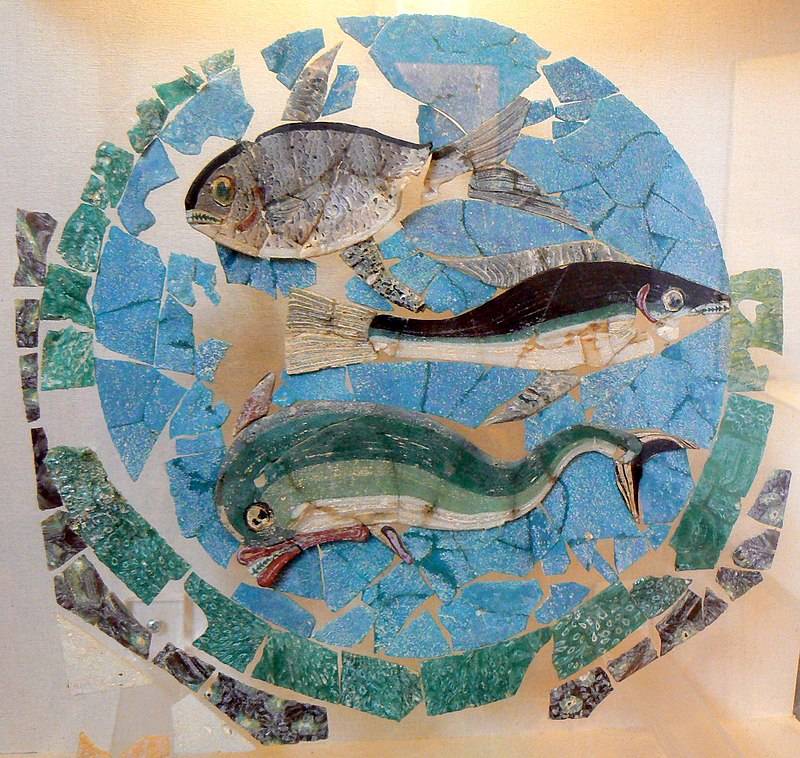
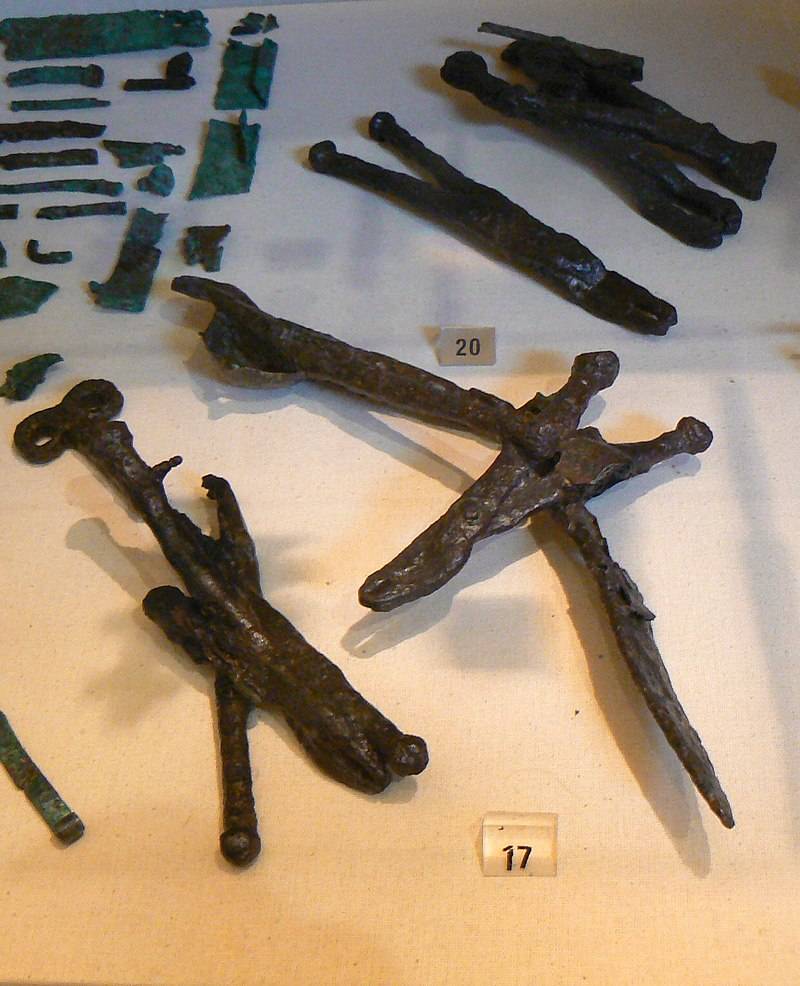
Here it is, a showcase in which all these more than strange objects are collected. It is amazing how many surgical instruments (around 150 in total) were used in their practice by a physician who lived in this house. Most likely, he served as a surgeon in the Roman army, but then settled in Rimini, which at that time was called Arimin. Man, he apparently was very experienced and successful. Otherwise, he would hardly need so many tools.
Well, now let's get a little acquainted with the Roman houses in general. What were the architecture, what were they?
Room "with a hole in the ceiling"!
Well, let's begin this story with the fact that the Romans even borrowed the architecture of their houses from the Greeks, because the original Roman house is a hut thatched with straw! But the Greek house is something completely different. This ... room "with a hole in the ceiling", which eventually transformed into something like a ceremonial hall, which was called the "atrium". Under the hole in the roof was a shallow gutter to collect rainwater. According to this principle, the houses of the rich Romans were built, and now several rooms went out into the atrium - mainly they were bedrooms.
The house had a living room (and sometimes two or three different sizes), and behind them there was a small garden in which there could be a fountain decorated with a marble or bronze statue. The garden was surrounded by a covered colonnade, but it also had a "hole in the roof." Here, so that the wind carried off unpleasant odors, the door to the kitchen was placed, and the dining room was next to triclinium. As far as possible, the noble Romans tried to have a bathroom in the house. But in the same Rome it was already a luxury excessive, because there at any time of the day one could go to the posh Roman baths. However, public baths were available in almost all Roman cities, even the smallest.
Nice to live in beauty!
The walls were covered with plaster and decorated with paintings: most often they were scenes from rural life, images of birds, fish, animals and flowers. The bright colors of the wall painting were in harmony with the various shades of a rather dull mosaic floor. In addition to thousands of colored stones, ceramic tiles were also used to make them, but such floors were more expensive.
A big house in Rome could occupy all the space bounded by four streets, that is, to form an entire block, or “insula” (“island”, and the so-called large, high-rise and apartment buildings), as the Romans called them. But it was not always a residential building. Many Romans, the owners of such dwellings, arranged for them additional rooms that did not have a connection with the house and had windows and doors to the street that they rented to shopkeepers. (Fig. P. Connolly.)
At the front door of the house, which belonged to a wealthy Roman, a slave could sit, who would not allow uninvited visitors to enter him. Sometimes the watchdog was also tied nearby. In Pompeii, they found a door with a mosaic image of a dog and the inscription: Cave Sapet ”(“ Caution! Dog ”).
PS It is interesting that this find took place only because there was one of the city parks above it, and the municipality decided to put it in order. That is, it was not someone's property. Now imagine how many others, and no less interesting houses, can be located under those houses that today stand in Rimini? But how to buy them from the owners, and then unearth? What if there is nothing interesting there? Suddenly it turns out that there was a multi-storey house of the poor - and then what? In short, those who had specially buried all this in the earth (this is a special remark for those who profess such views on archeology) were very stupid people. So much work, and all in vain! No, it was necessary to bury it where you can find it with a minimum of tension. And so it was not worth it for the sake of it!
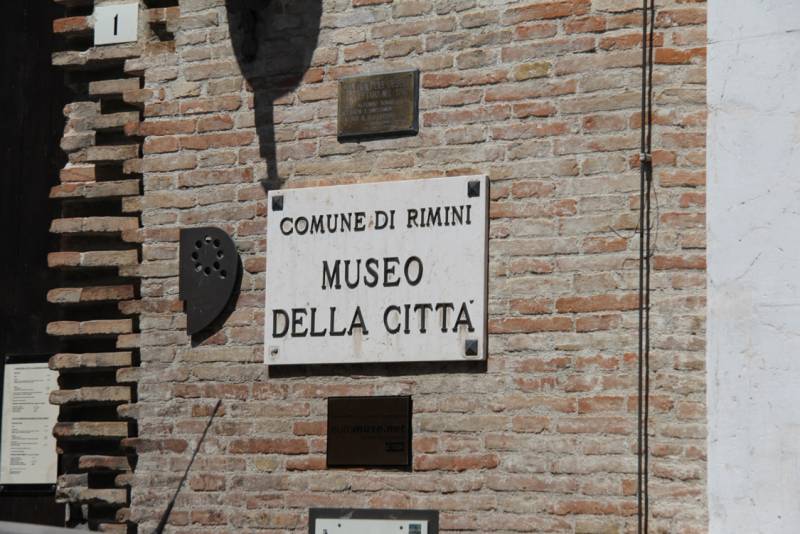
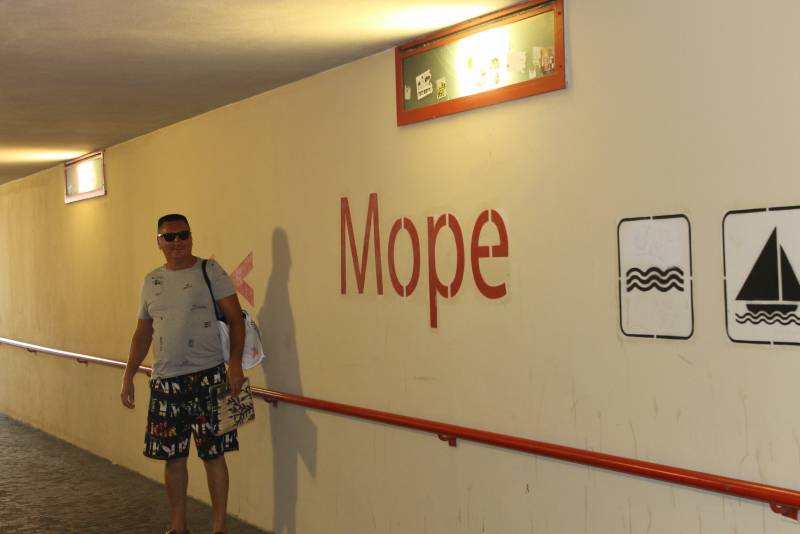
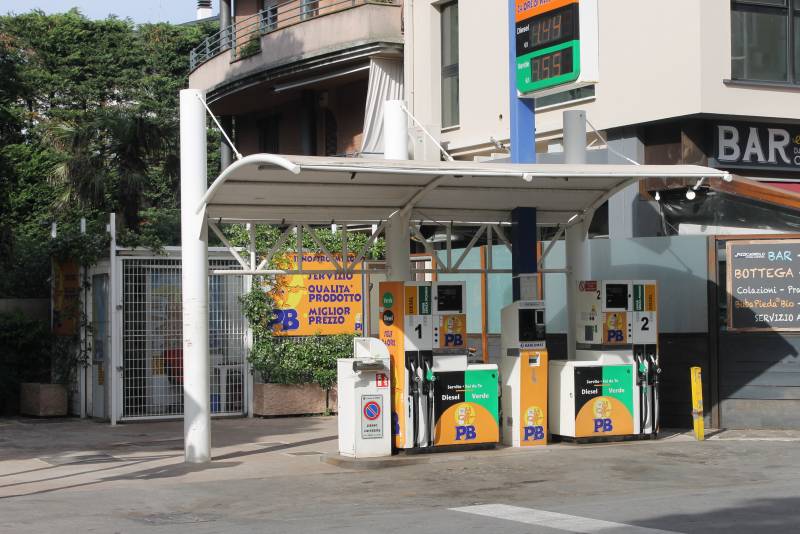
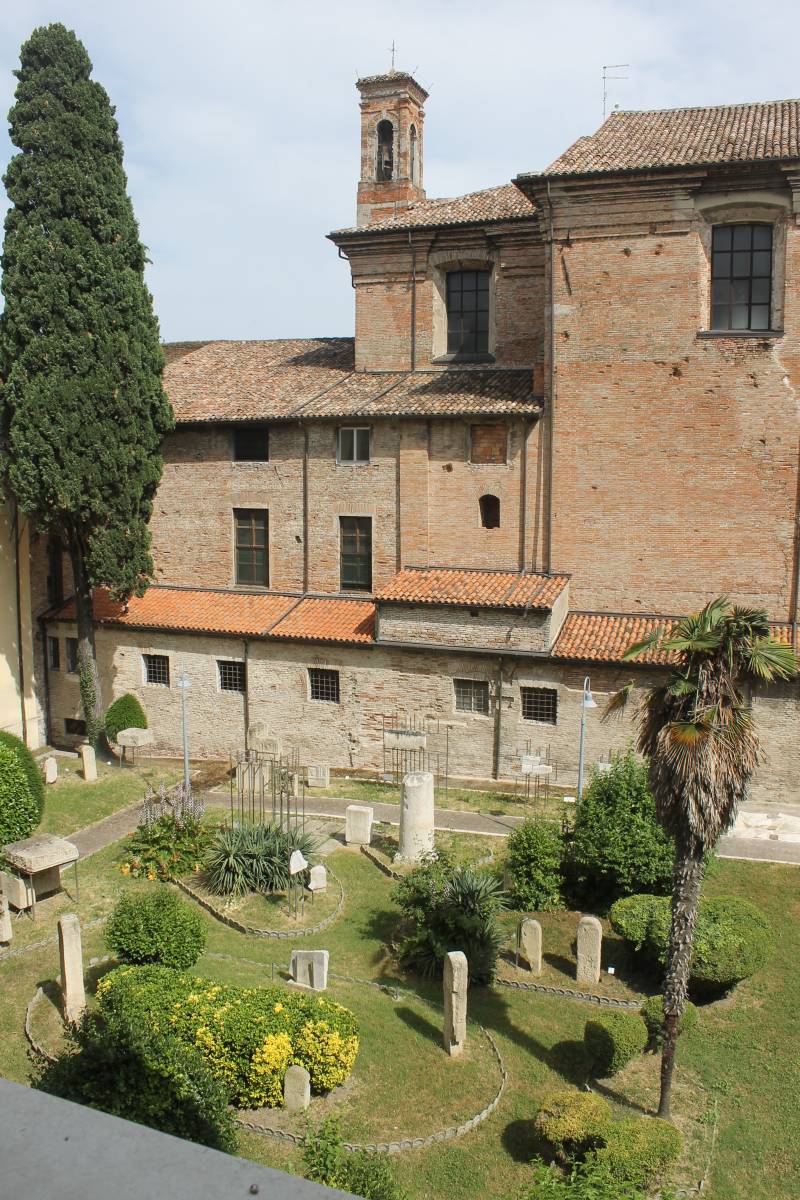
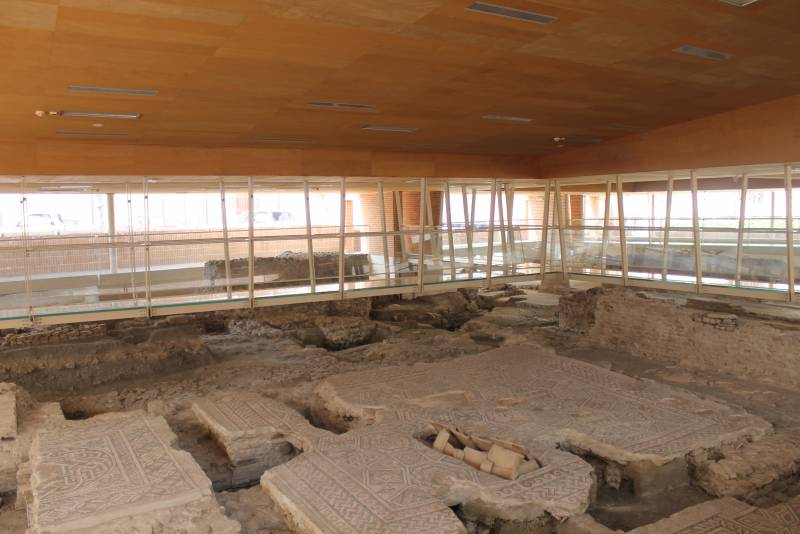
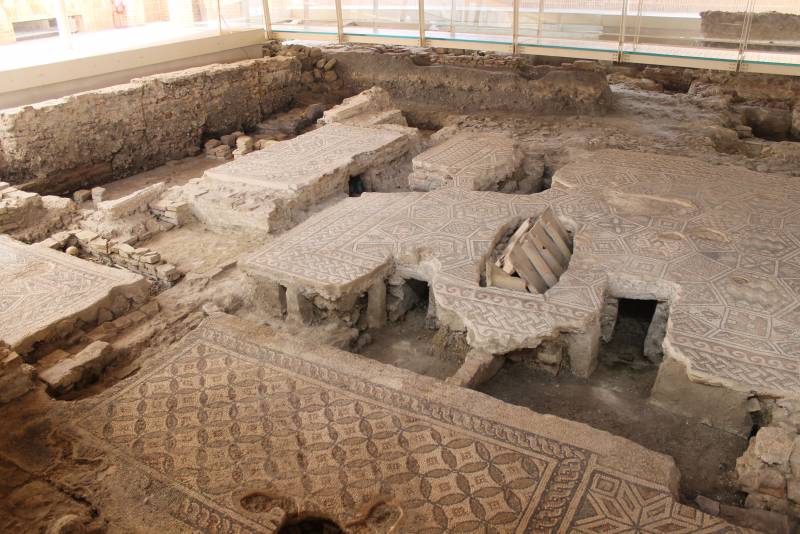
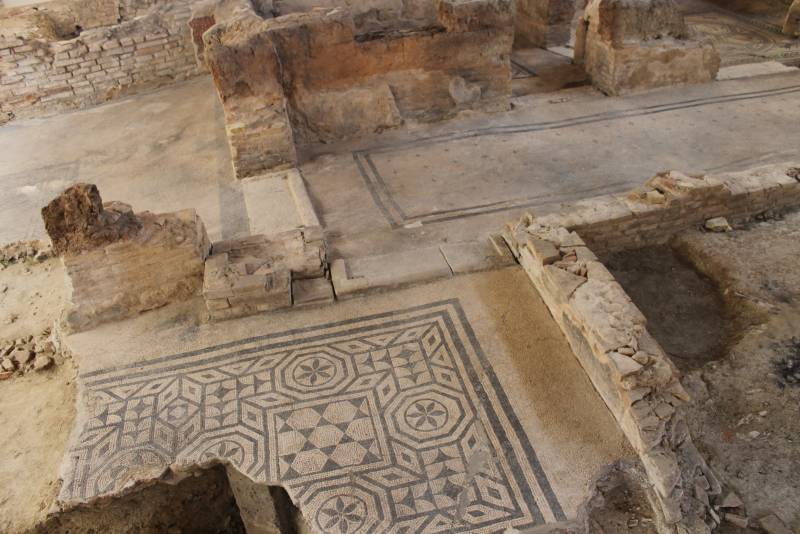
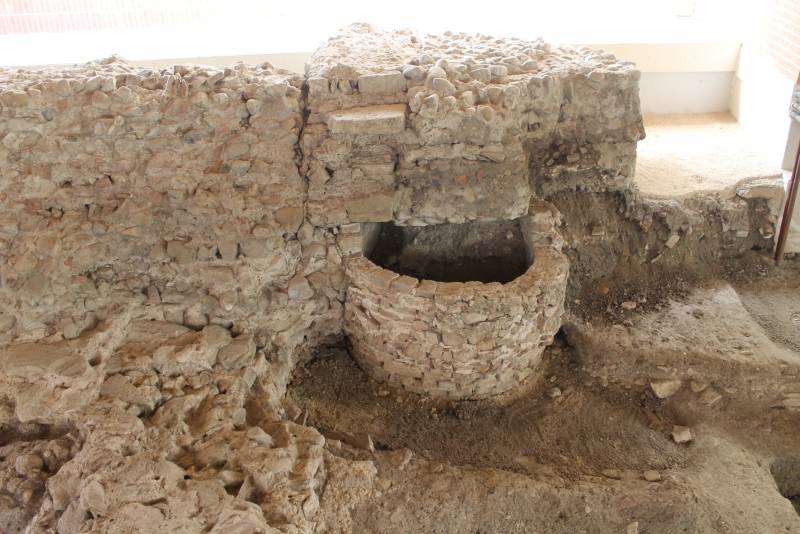
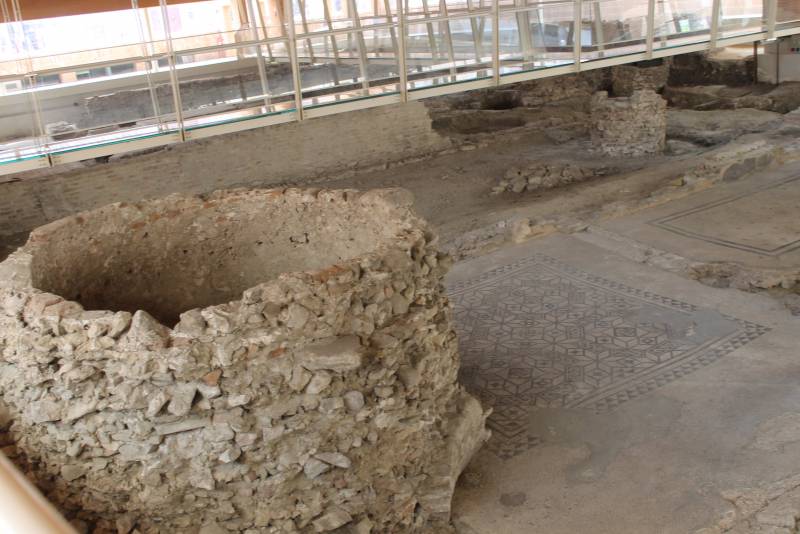
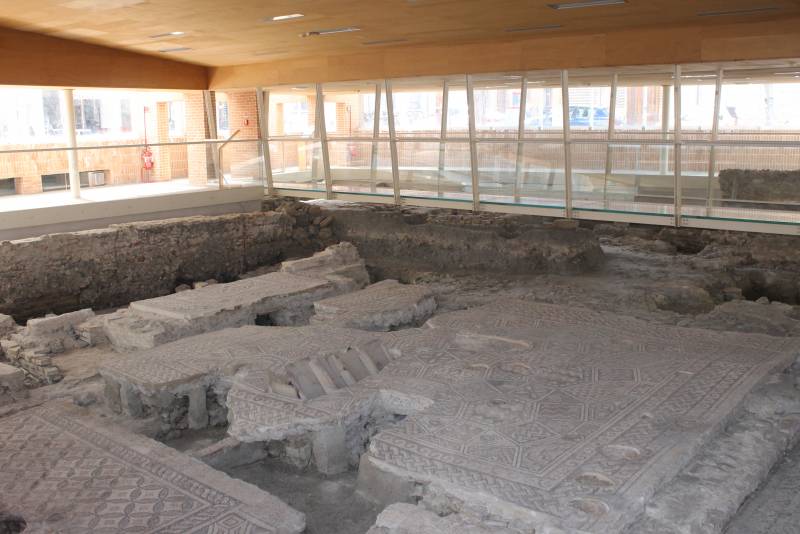
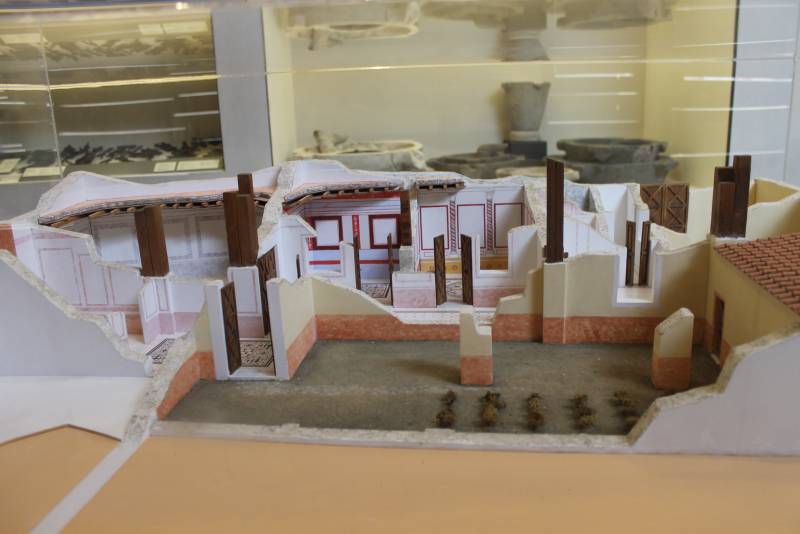
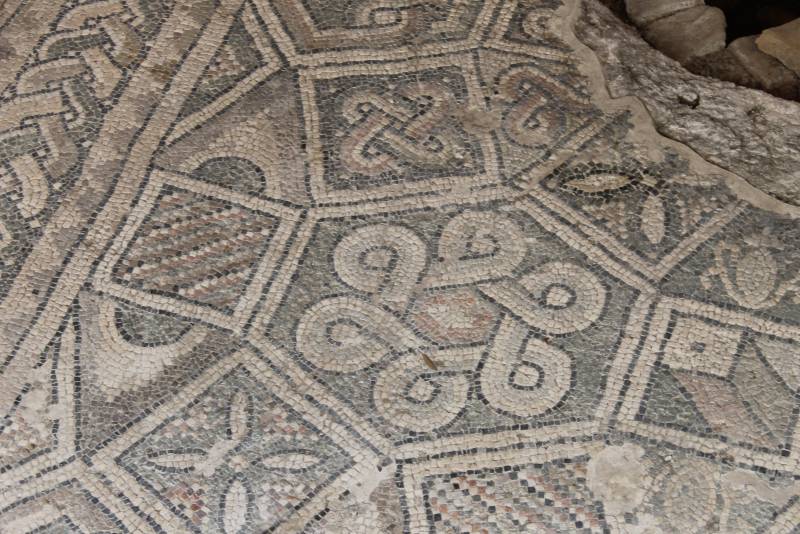
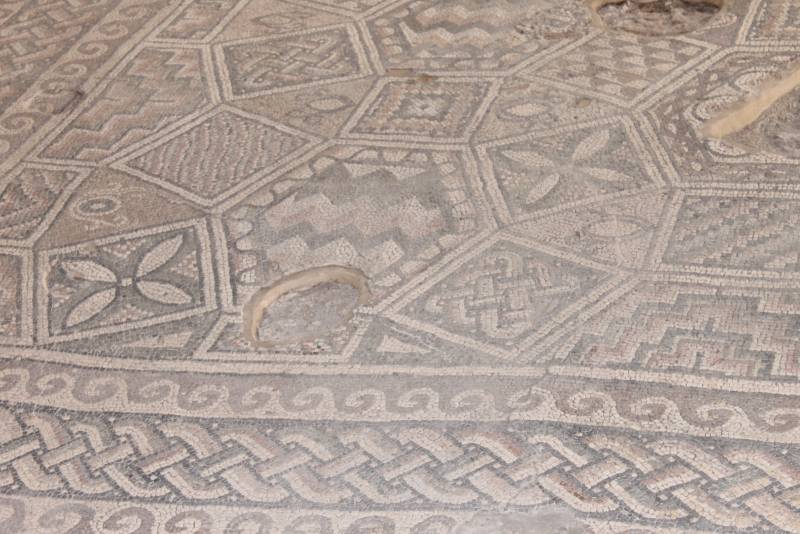
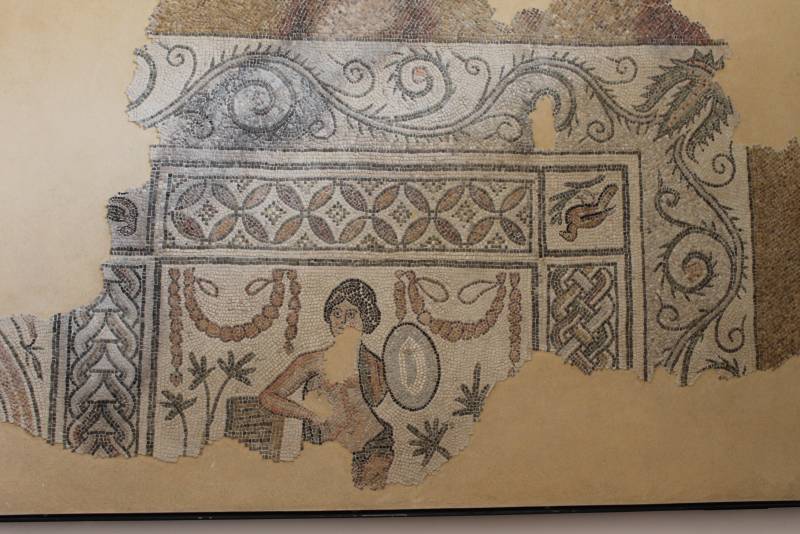
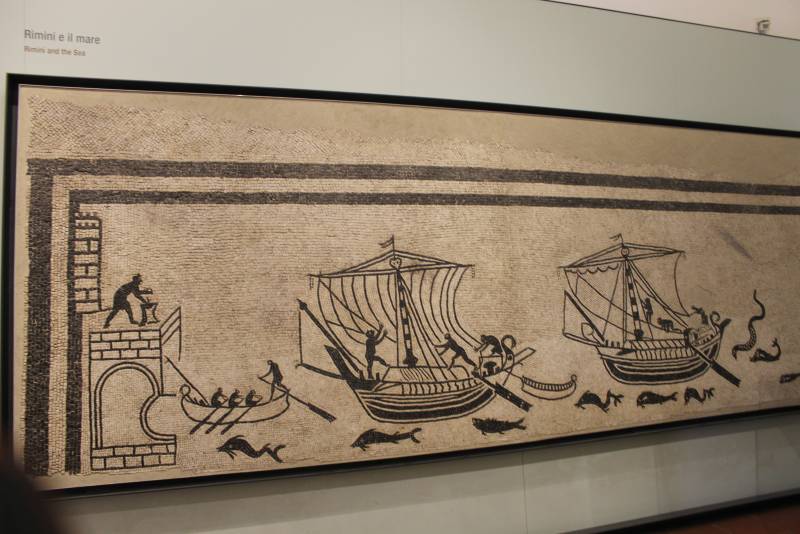
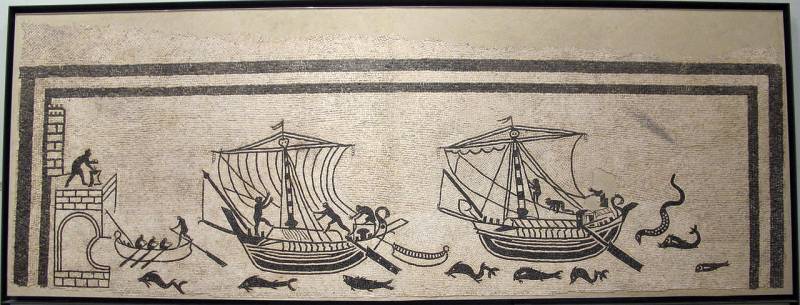
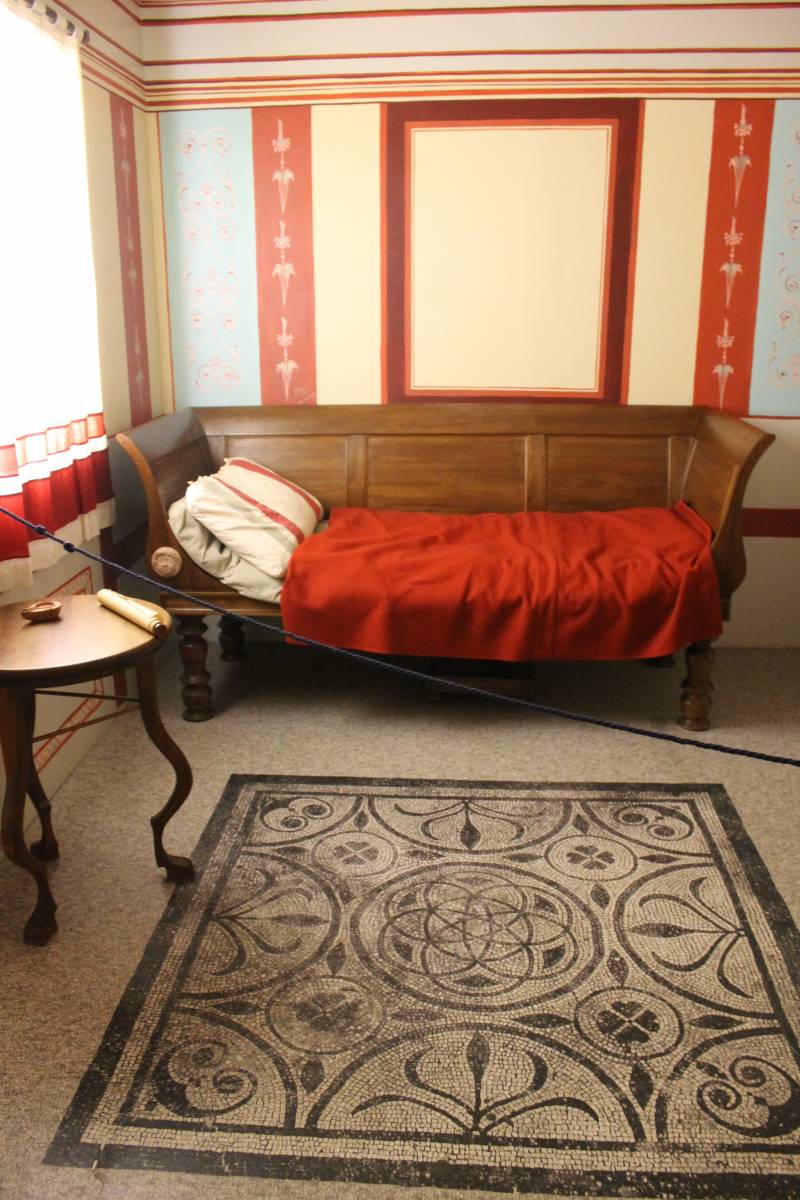
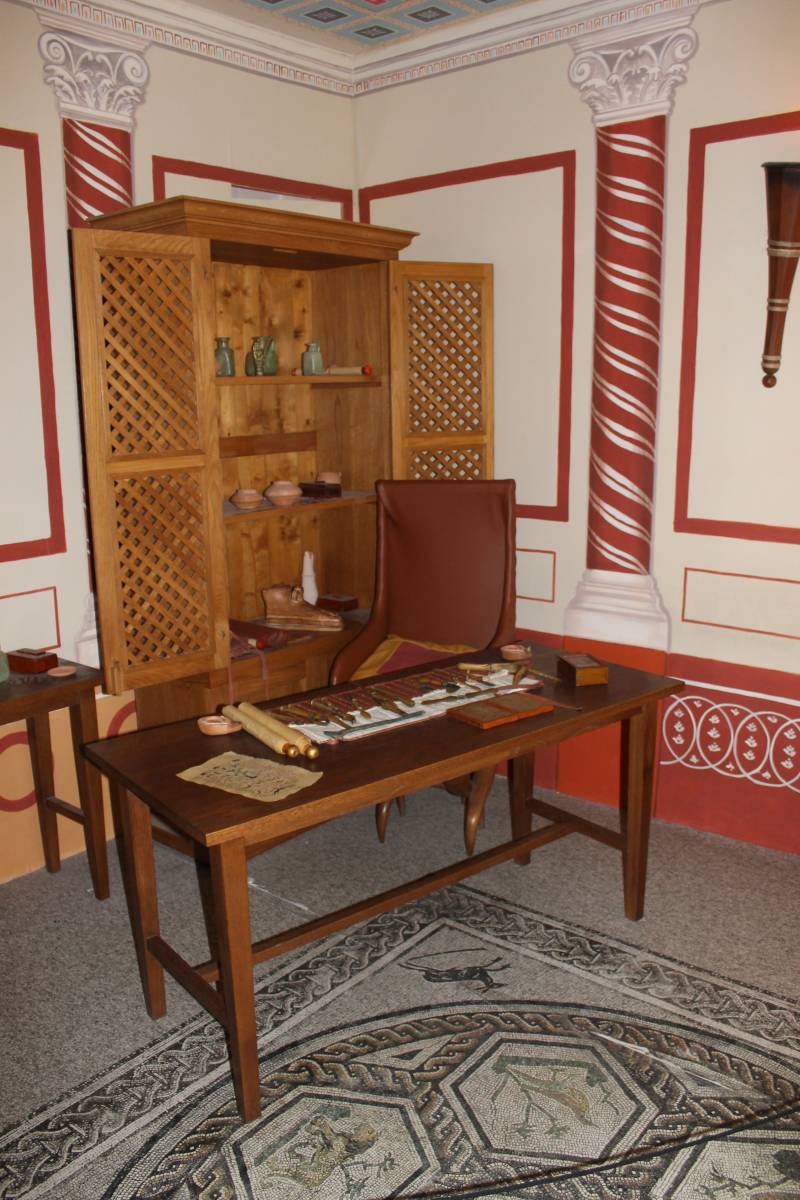
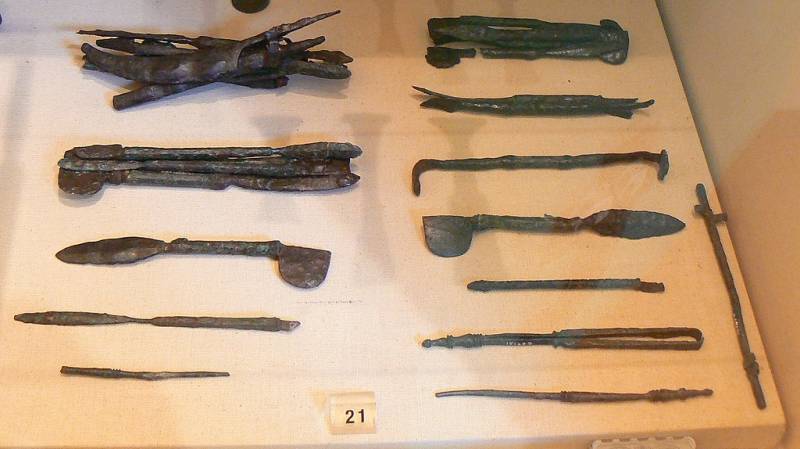

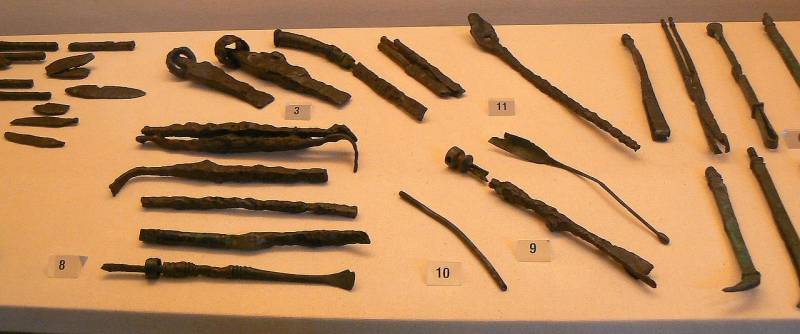
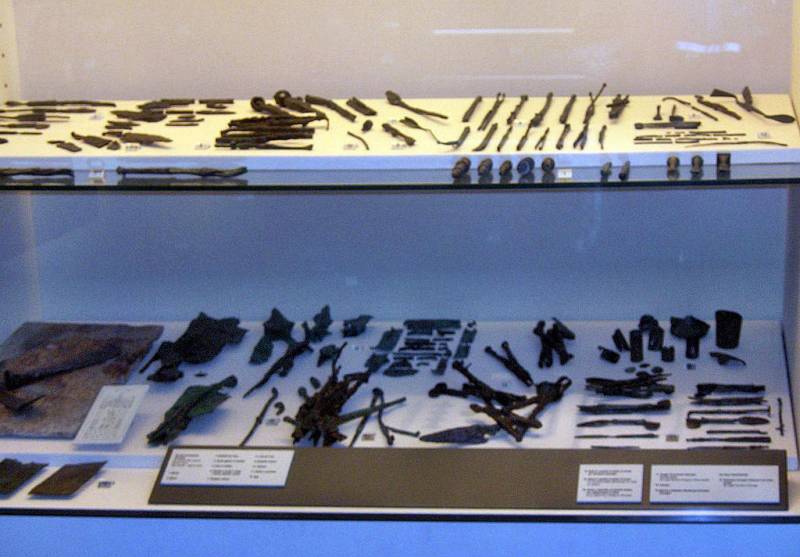
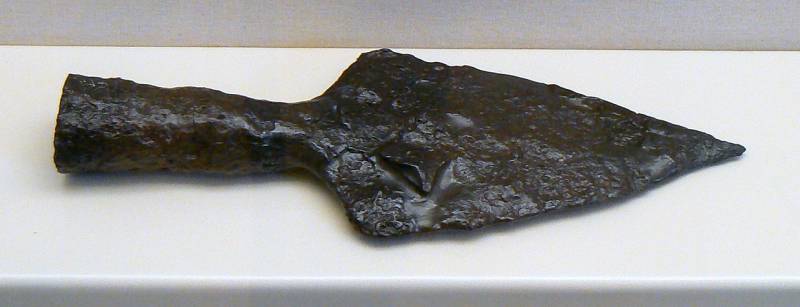
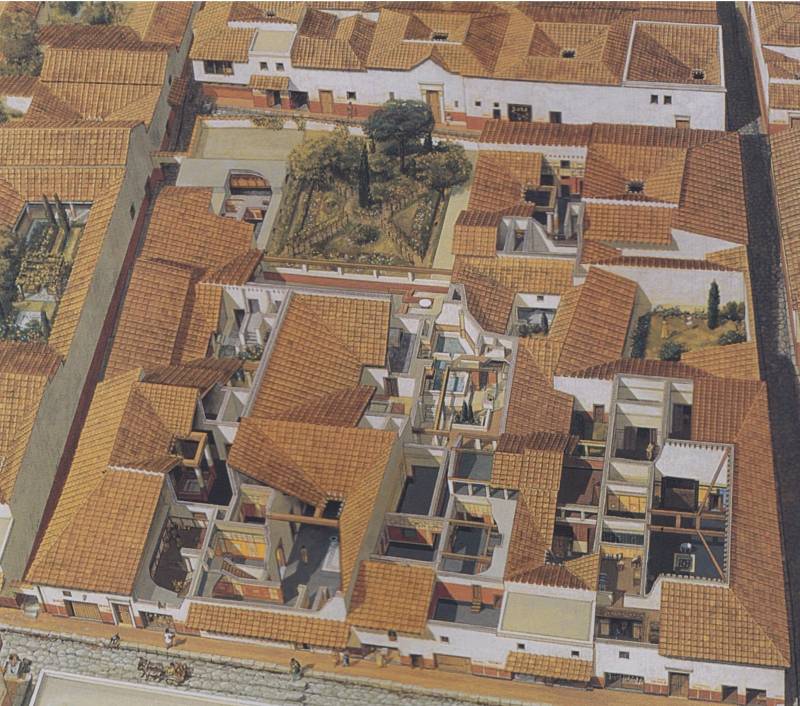
Information